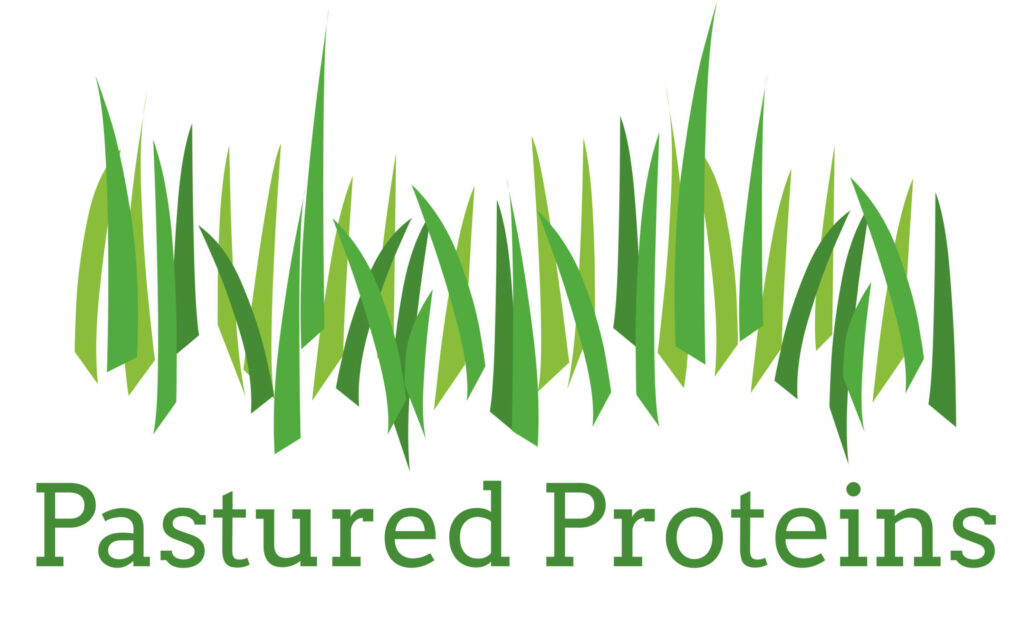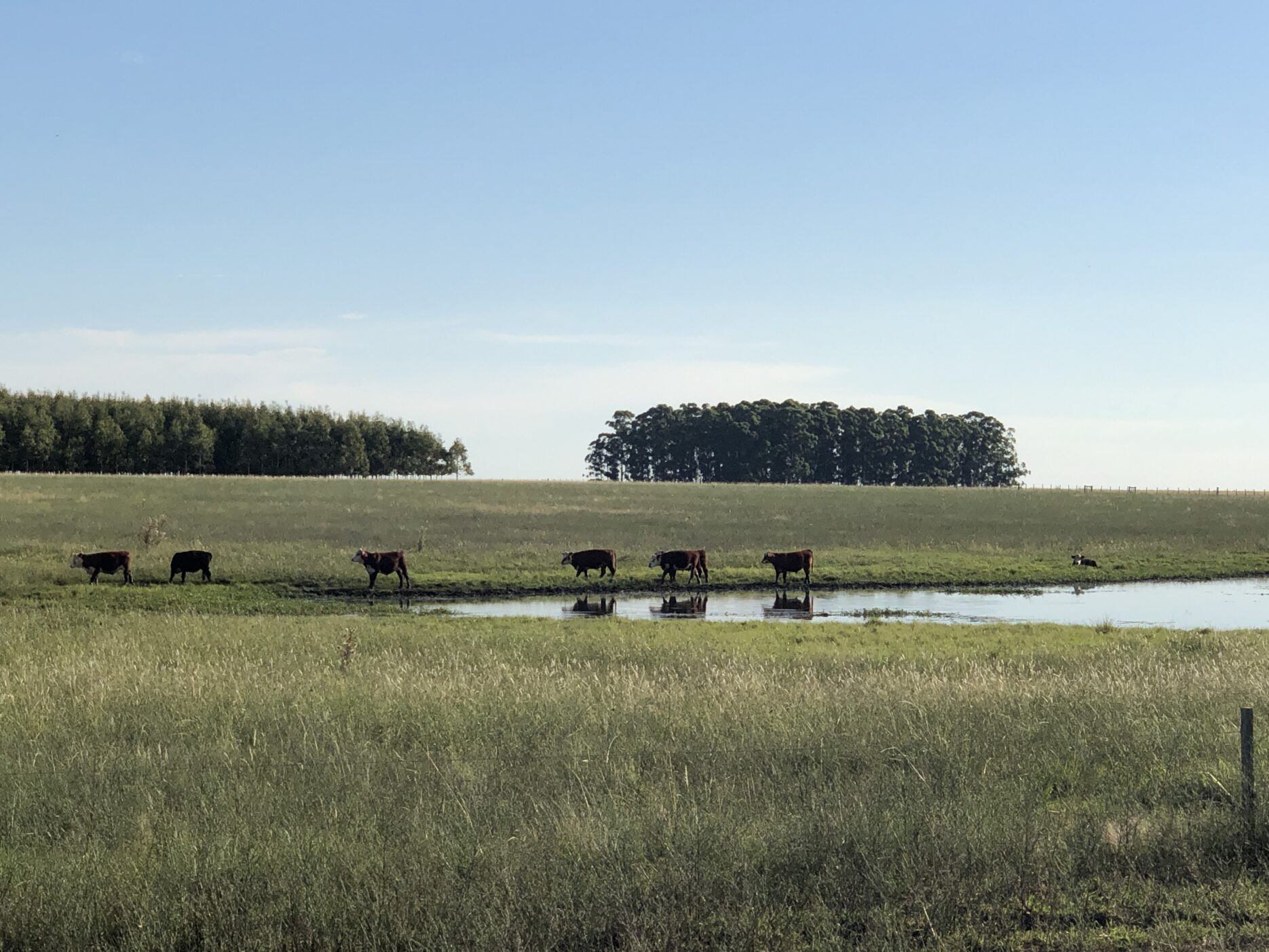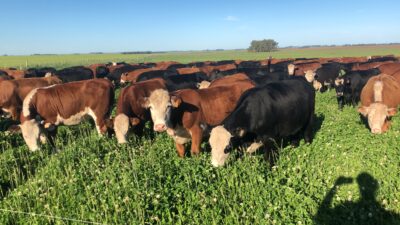What is Regenerative Ranching?
Regenerative Ranching is a practice that seeks to restore and enhance the natural ecosystems of a given area by improving soil health, biodiversity, and animal welfare. This holistic approach to agriculture aims to create a regenerative cycle that benefits the environment, the animals, and the farmers. In contrast to conventional farming practices that often rely on synthetic inputs and monoculture farming, regenerative ranching emphasizes the use of organic methods and diversified farming systems that work with nature rather than against it.
Transition period from Conventional to Regenerative Practices
The transition from conventional to regenerative practices can be challenging for farmers, especially those who have been using conventional methods for years. However, there are resources available to help farmers make the switch. One of the most critical factors is access to transitionary financing that can help farmers invest in new equipment and resources to support their transition to regenerative practices. Additionally, farmers can reach out to companies and organizations that specialize in regenerative agriculture for guidance and support.
Access to transitionary financing
While access to financing for regenerative agriculture can be challenging, there are resources available to help farmers make the switch. One such resource is the USDA’s Natural Resources Conservation Service, which offers financial and technical assistance to farmers looking to implement regenerative practices. Additionally, there are private lenders and investment firms that specialize in financing regenerative agriculture projects.
How to scale Regenerative Agriculture.
Scaling regenerative agriculture is critical to its success, especially in larger supply chains. One strategy for scaling regenerative agriculture is to work with farmers and ranchers to develop partnerships that prioritize regenerative practices. This can involve developing long-term contracts with farmers that incentivize regenerative practices and provide stability for farmers. Additionally, companies can invest in research and development of regenerative farming practices to improve efficiency and reduce costs.
Are large supply chains looking for regenerative products?
Large supply chains are starting to show an interest in regenerative products due to consumer demand for sustainable and ethical products. Companies are starting to realize the benefits of regenerative practices, such as improved soil health, increased biodiversity, and reduced carbon emissions. However, there are still challenges to overcome, such as the lack of infrastructure for regenerative products and the need for education and awareness around regenerative agriculture.
Premiums for regenerative products
One potential solution to scaling regenerative agriculture is to offer premiums for regenerative products. This can incentivize farmers to adopt regenerative practices and provide a financial benefit to companies investing in regenerative agriculture. Additionally, companies can work with farmers to develop regenerative supply chains that prioritize sustainable and ethical practices.
Conclusions.
Regenerative ranching can work with larger supply chains and be successful if there is a commitment to sustainable and ethical practices. The transition from conventional to regenerative practices can be challenging, but with the right resources and support, farmers can make the switch. Scaling regenerative agriculture is critical to its success, and companies can play an essential role in incentivizing regenerative practices and investing in research and development. With consumer demand for sustainable and ethical products on the rise, the future of regenerative agriculture looks promising.





